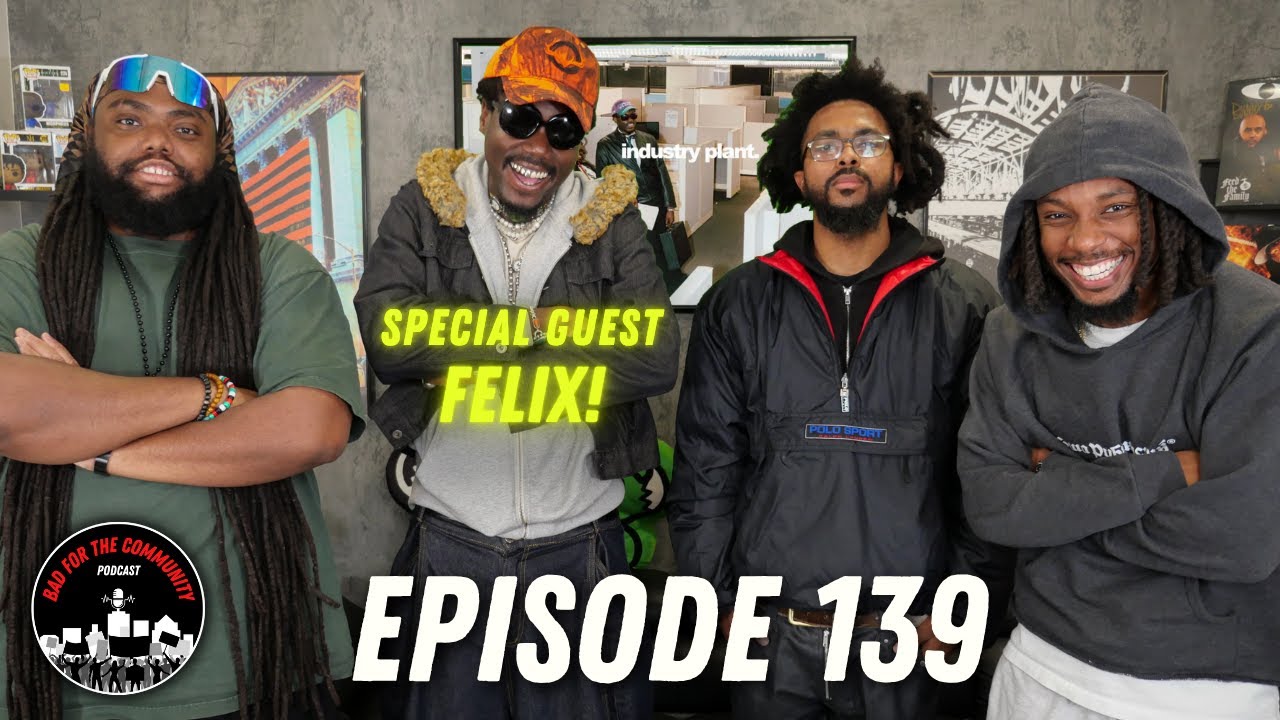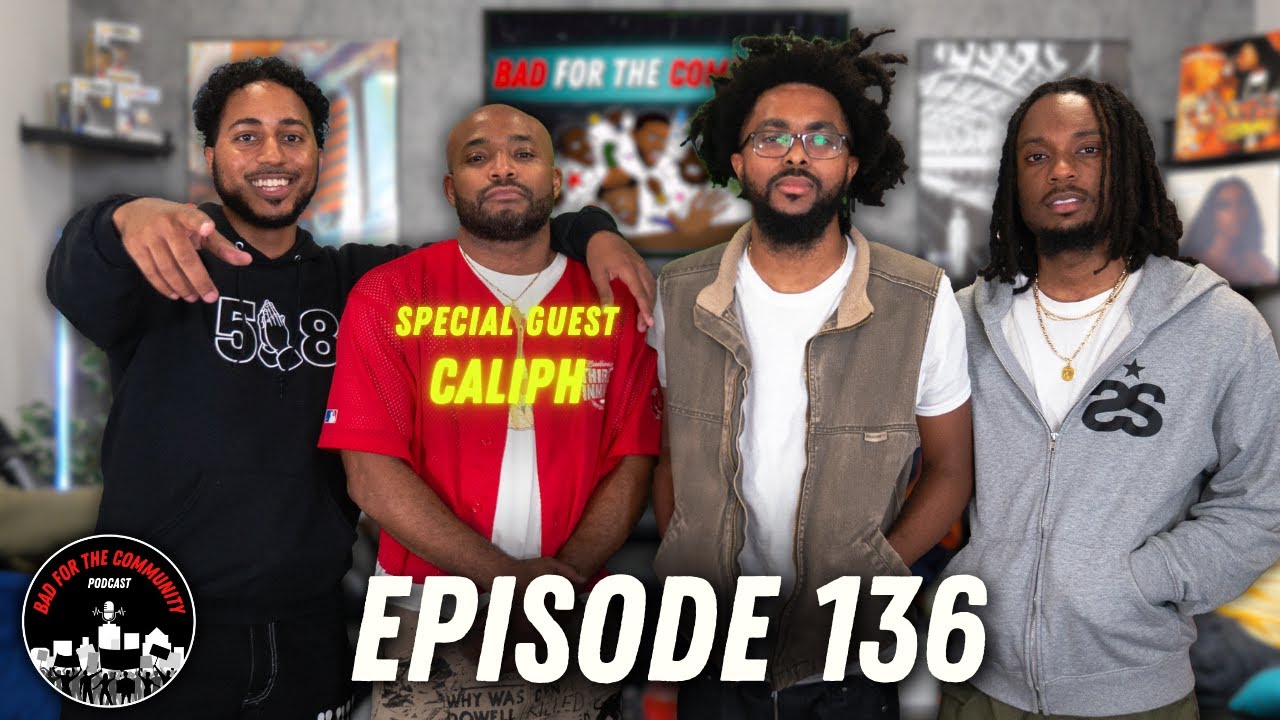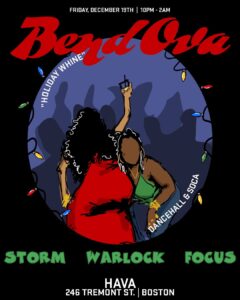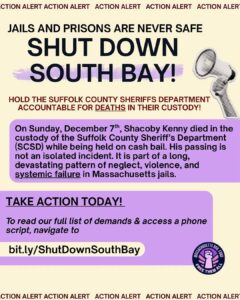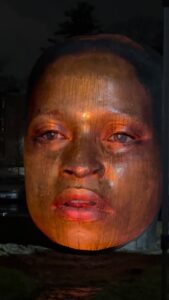In this episode, host Jason Trimmins visits Mission Hill, a historically rich yet deeply scarred neighborhood in Boston, to connect with local rapper and aspiring community leader King Brickz, engage with residents, and reflect on the devastating Charles Stewart case, a moment that forever changed the community.
A Community Scarred by Injustice
The episode opens with the reminder of October 23, 1989—a date seared into the collective memory of Mission Hill. It marks the day Charles Stewart falsely claimed that a Black man shot him and killed his pregnant wife during a carjacking. This sparked widespread racial profiling and police terror across the city’s Black communities, especially in Mission Hill.
King Brickz: From the Bricks, For the Bricks
King Brickz took to his Instagram to highlight the appearance, writing: “Shoutout @j_trimmins for putting his feet on land🫡,” where he also tagged The Sweat Connect.
King Brickz opens up about the challenges of growing up in Mission Hill. He speaks candidly about systemic inequities, noting that his grandparents left nothing for the next generation, and his parents likely won’t either. That reality fuels his passion to create something meaningful—to break the cycle and build legacy. He credits his transformation and renewed purpose to a grassroots fitness movement called Sweat Connect, launched by Stacks SweatConnectDoggy, a man who brought discipline and unity to the neighborhood after returning from prison.
Brickz explains how working out became a way to fight depression, reclaim time, and connect with others. “If I’m working out, I’m on my own mission… but when we do it together, we can put out a positive output,” he says. The initiative started in the park and grew into a communal experience that’s both physical and spiritual—a method for men to “battle demons” and feel part of something bigger.
Gentrification, Division, and Identity
Brickz also discusses the ongoing displacement of Black and brown communities from Boston’s urban core due to gentrification. Mission Hill, once called “Money Hill” during the height of the crack epidemic from 1988 to 1992, is rapidly changing. Yet despite being pushed out, Brickz and his peers are reclaiming space—creating centralized hubs for health and community empowerment.
He reflects on the divide within the projects, even between the “new side” and “old side,” where something as simple as a stolen bike could spark serious tension. He shares personal stories about being profiled by the same police family that locked up his father, showing the cyclical nature of systemic oppression in Boston’s neighborhoods.
Mission Hill’s Rich Past and Fractured Present
Longtime residents share memories of Mission Hill’s past—from its origins as a quarry worked by Irish and German immigrants, to the tight-knit community bonded by church life. But when school busing policies were implemented, racial tensions exploded. A man recalls playing little league with Brickz’s grandfather, and how the Charles Stewart case further tore the community apart, isolating and vilifying Black residents.
The Charles Stewart Case: A City’s Turning Point
The episode closes by revisiting the chaotic late ’80s and early ’90s, when Boston was one of the most dangerous cities in America per capita. Mission Hill became a major hub for the drug trade due to its proximity to Northeastern University and the Back Bay. Amid this chaos, Charles Stewart exploited the racial tensions and hysteria by staging his wife’s murder and blaming a fictional Black assailant. The media’s fear-driven coverage and the police’s aggressive response devastated the community.
This episode is a powerful reminder that healing is ongoing, and real change is being driven not from the top down—but from within the community itself.


